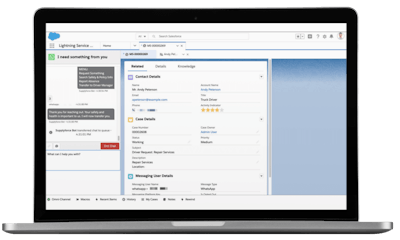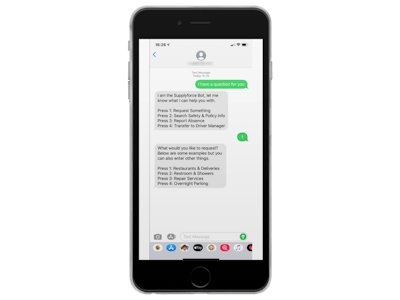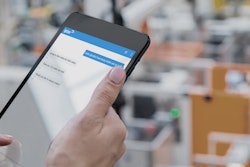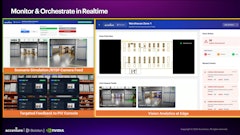
To help the public and private sector establish a more effective supply-chain management system in response to COVID-19, today Salesforce Labs--a program that lets Salesforce employees share solutions they’ve created--is launching the Supplyforce Bot on Salesforce AppExchange, the world’s leading enterprise cloud marketplace. The solution is designed to help transportation and logistics companies provide their transportation workers with assistance in real-time and more effectively communicate their status.
Supply chain resiliency is a top priority during the crisis, as people need to be confident that essentials such as food, ventilators, medicine and personal protective equipment are readily available. As adjustments are made to meet this unprecedented need, sourcing capabilities--from production to delivery--must be guaranteed. The safety and integrity of the supply chain is critical to this effort, which starts with transportation workers.
 Salesforce
Salesforce
The new Supplyforce Bot includes three components that transportation and logistics customers can use to customize and tailor to fit their needs. Any of these solutions can be used by customers to connect with their network of drivers while they are on the road in real-time:
- Supplyforce Bot Mobile Interface: Drivers, couriers and cargo operators can easily stay informed on safety-related topics, ask for help or talk to a live agent if they need assistance.
- Transportation Support: Driver supervisors can respond quickly to field requests--such as mechanical issues, employee well-being and road closures--and provide nearby resources optimized for their drivers including currently open truck stops, restaurants and pharmacies. This can be done through a variety of channels, including SMS and WhatsApp.
- Transportation Crisis Center: Driver dispatch centers can monitor and better analyze driver disruptions such as productivity decline and abandoned freight. Transportation companies can then leverage built-in dashboards to contextually understand how to better respond to different crisis scenarios.



















